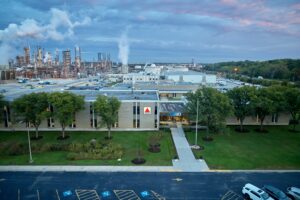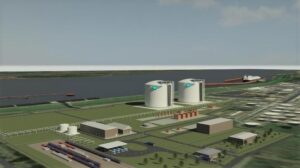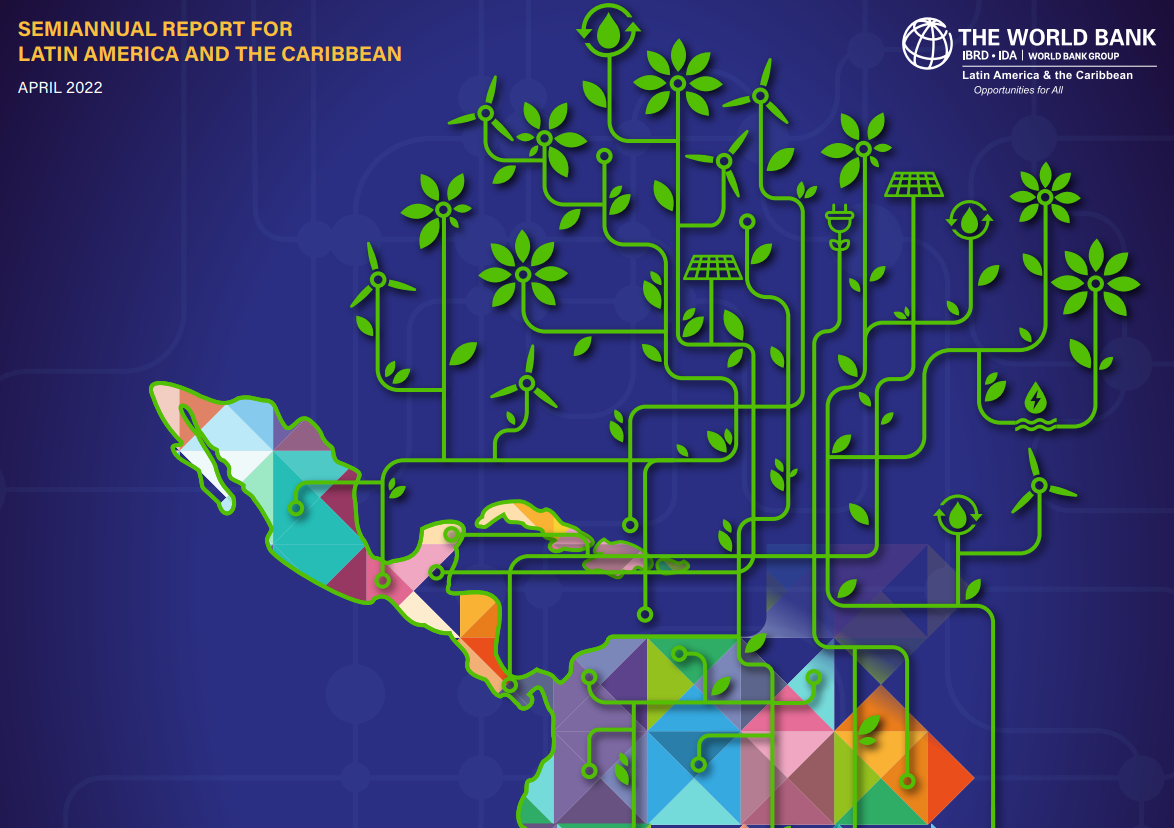
(Energy Analytics Institute, 11.Apr.2022) — This week The World Bank published its 62-page semiannual report for Latin America and the Caribbean (April 2022) dubbed “Consolidating the Recovery: Seizing Green Growth Opportunities.”
Guyana’s nascent petroleum sector is expected to help the country’s gross domestic product (GDP) expand by 47.9% in 2022, the highest in the Latin America and Caribbean (LAC) region, followed by Barbados (11.2%) in a distant second, according to The World Bank’s study of LAC economies. It should be noted Venezuela, the country with the largest oil and gas reserves in the LAC region, is excluded from The World Bank’s list of countries.
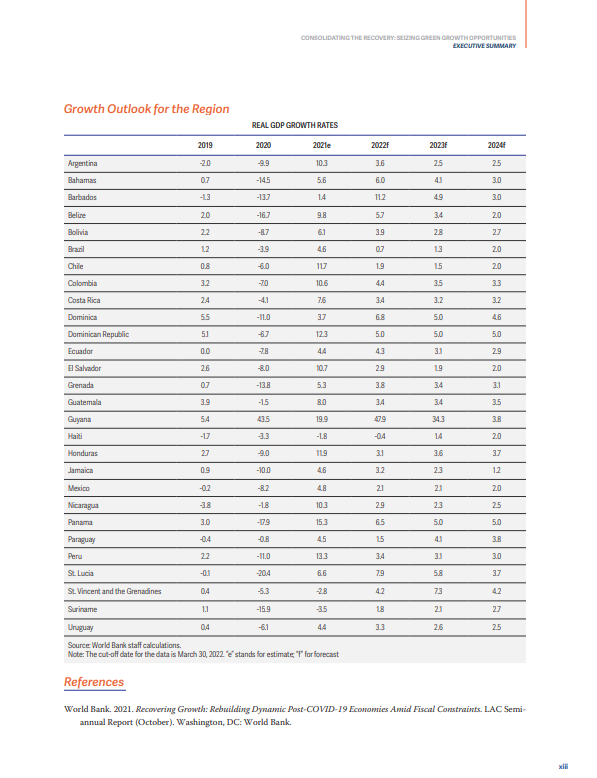
Selection highlights from the report include:
— “LAC contributes little to global greenhouse gas (GHG) emissions; the main drivers are agriculture and land-use change and forestry. Hence, the region’s recipe for mitigation is unique. The region contributes approximately 8 percent of total global emissions. Unlike most other regions, these emissions arise largely from agricultural production—especially livestock production—and land-use change and forestry.”
— “LAC has a comparative advantage in the green economy, thus opening the door for new growth and export op[1]portunities. Fully embracing green policies can enable producers to capture green premiums on their products, expand to new markets, and avoid carbon border adjustment taxes.”
— “Energy efficiency can help mitigate climate change, improve energy security, create jobs, and contribute to economic growth. To meet global climate and sustainability goals, energy efficiency (measured indi[1]rectly through primary energy intensity) needs to improve at a rate of 3 percent annually globally by 2030 (IEA 2019).”
— “In addition, Argentina, Bolivia, Peru, and Trinidad and Tobago in the Caribbean have vast reserves of natural gas (figure 2.7), which, due to its lower carbon content, can serve as a relatively clean transitional energy source displacing more polluting sources (coal, diesel, oil) and facilitating higher rates of renewables integration. Moreover, gas-fired plants are quite competitive in midcycle and peak demand applications because they can quickly and efficiently be started up and turned off, helping to balance the system.”
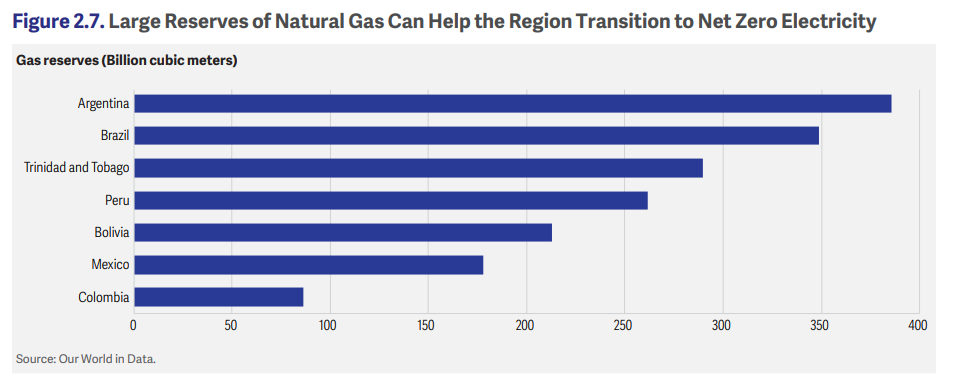
— “LAC has great potential for abundant, reliable, green electricity. The region has a great starting point and energy efficiency programs have great potential, but in the end electricity demand is projected to rise dramatically, as electrification of end-uses—mainly heating, transport, and some industrial processes—is a key component of de-carbonizing the economy.”
— “A second comparative advantage for the region is in producing “green hydrogen.” Green hydrogen is receiving progressively more attention from governments and investors as a viable alternative energy source that is clean, storable, and transportable.”
— “The lithium triangle of Argentina, Chile, and Bolivia holds 60 percent of global reserves of lithium, a key component of battery-based energy storage.”
— “While cities are major contributors to greenhouse gas emissions, they are important players in the fight against the causes and effects of climate change. According to IPCC reports, about 80 percent of the region’s energy consumption takes place in cities.”

— “While LAC is well positioned to take advantage of the emerging Green World Order, there are many challenges and obstacles it will need to overcome. The shift to a low-carbon economy requires long-term planning, cred[1]ible policy commitments, and strong institutions and enforcement, as well as building the necessary human, physical, entrepreneurial, and managerial capital. It is crucial for the region to have the technical literacy and capabilities to adopt new technologies and innovate in policy, finance, business models, and scientific research and development.”
The conclusion from the 62-page report is simple:
— “The generally rapid deployment of vaccines has bought much of the region to a position where it is on track to recover the losses in income and employment of the COVID-19 era. The social costs have been brutal and unevenly distributed across demographic groups and still need to be addressed. Further, though banking sectors so far appear in better shape than originally feared, the region still faces high debt levels and increasing international costs of refinancing, and unexpected inflationary pressures have exacerbated the monetary dilemma of choosing growth or price stability. In addition, consolidation of the recovery does not imply satisfactory rates of growth—only that LAC has returned to the unsatisfactory growth rates that characterized the period before the pandemic. A far-reaching reform agenda, including of the state, remains pending and will need to take into account important shifts in the international context. Over the medium term, the Russian invasion of Ukraine will lead to losses in output, rising inflation, and higher uncertainty. Of longer-term consequence, chapter 2 explores how the increasing demands for global action on climate change will lead to some painful adjustments for LAC, but also some opportunities for growth and improved social welfare.”
____________________
By Aaron Simonsky. © Energy Analytics Institute (EAI). All Rights Reserved.
